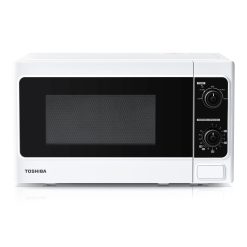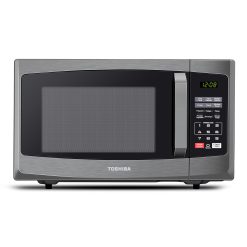Ovens: Essential Kitchen Appliances for Every Home
A good kitchen oven is essential for preparing a wide range of dishes, from baked goods to roasted meats. Whether you’re looking for electric ovens, wall ovens, or a combination of both, there are many options to choose from. Ovens UK offer advanced features such as self-cleaning ovens, steam ovens, and even smart ovens with programmable settings. With options ranging from single ovens to double ovens, finding the perfect cooking oven to suit your needs has never been easier.
For baking enthusiasts, baking ovens with fan-assisted features like electric fan ovens provide the perfect environment for even heat distribution. Steam ovens bring versatility, allowing you to cook food faster while preserving nutrients. For those who love convenience, a wall oven with air fryer or a double oven with air fryer ensures that you can fry, bake, and roast all in one appliance.
Ovens come in different sizes and styles, from integrated ovens to mini ovens for smaller spaces. A built-in oven is an excellent choice for a sleek, space-saving kitchen setup. For a modern touch, consider stainless steel ovens or a black oven to add elegance to your kitchen décor.
Explore the best electric ovens for baking, as well as conventional ovens and wide ovens for larger meals. Whether you’re searching for a 60cm electric cooker or a multifunction oven, you’ll find the ideal appliance for your home.
Key Features
- Versatile Cooking Options: From fan ovens to convection ovens, modern ovens cater to different cooking techniques, such as baking, roasting, and grilling.
- Advanced Features: Many ovens include features like self-cleaning, air fryer functionality, and steam bake for more convenient cooking.
- Energy Efficiency: Energy-efficient ovens are designed to minimize electricity usage, saving you money in the long run.
- Multi-Functionality: 5-in-1 ovens and convection oven air fryers allow for versatile cooking, enabling you to fry, bake, grill, and roast in one appliance.
- Built-in and Integrated Options: Built-in ovens offer a sleek, modern design that seamlessly fits into your kitchen, while integrated ovens provide a more unified look.
- Multiple Sizes: From compact mini ovens to larger double ovens, choose the size that suits your cooking needs and kitchen space.
- Easy Maintenance: Many electric ovens come with self-cleaning functions, making maintenance a breeze.
Benefits
- Time-Saving Cooking: Ovens with advanced features like air fryer functions and multi-cooking modes reduce cooking times, making meal preparation faster.
- Consistent Results: Fan ovens and convection ovens provide even heat distribution, ensuring consistent cooking results every time.
- Convenience: With options like built-in and wall ovens, you can enjoy a space-saving kitchen setup while still having all the functionality you need.
- Healthier Meals: Ovens with steam bake or air fryer functions allow you to cook with less oil, promoting healthier eating.
- Stylish Kitchen: Sleek designs, including stainless steel and black ovens, add a modern and stylish look to your kitchen.
Safety Considerations
- Proper Installation: Always ensure your oven is installed according to the manufacturer’s instructions to avoid any risks.
- Use Oven Gloves: Protect your hands when handling hot trays or dishes inside the oven.
- Regular Maintenance: Keep the oven clean and check for any wear on the door seals to maintain optimal performance and safety.
- Ventilation: Ensure proper ventilation when using electric ovens or gas ovens to prevent overheating or the buildup of gases.


